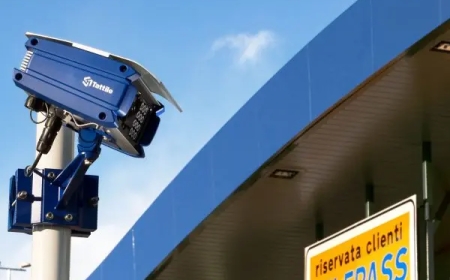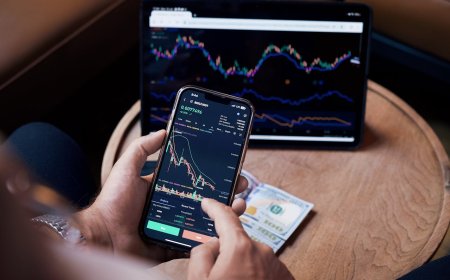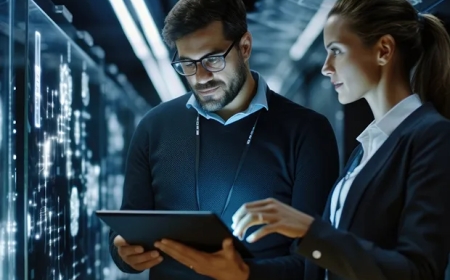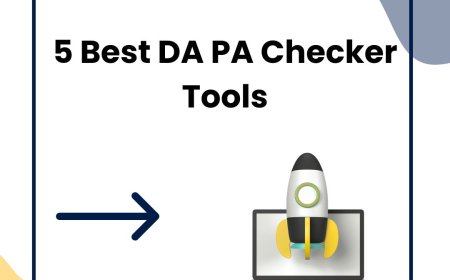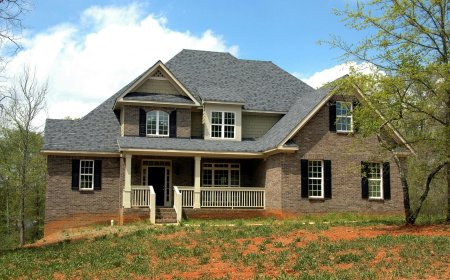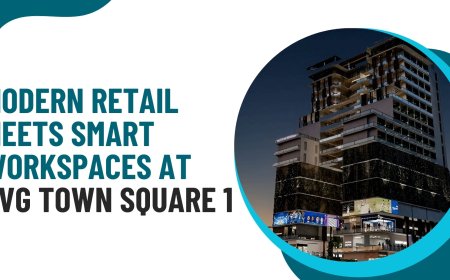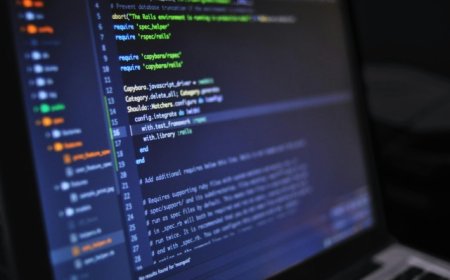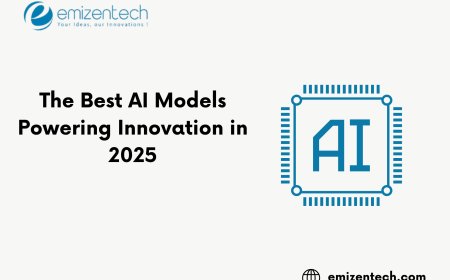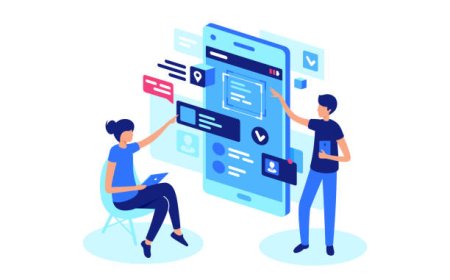Next-Level Crime Scene Analysis with Photogrammetry Software
Explore how photogrammetry software empowers crime scene investigators to reconstruct scenes with high accuracy, enhance documentation, and support forensic analysis.
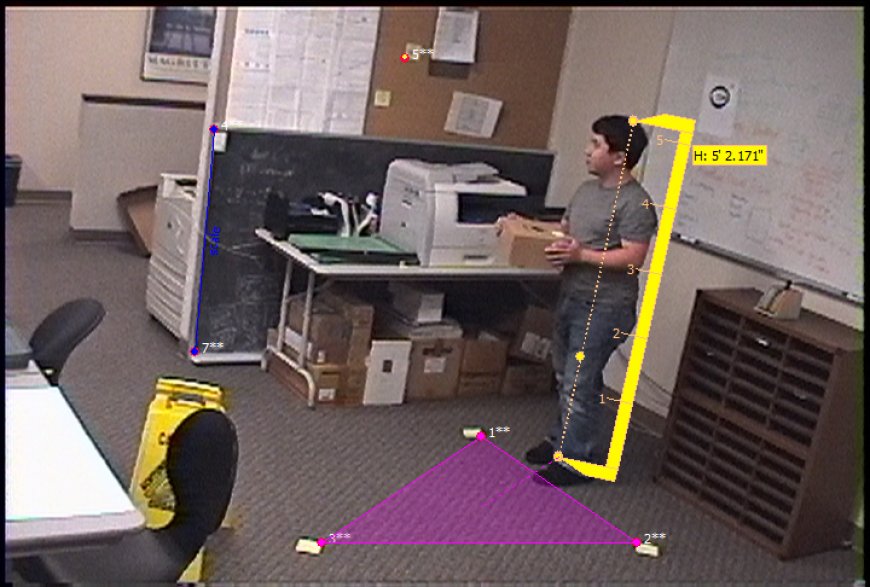
In the evolving field of forensic science, technology plays a pivotal role in enhancing the accuracy and efficiency of investigations. One such innovation is photogrammetry software, which has rapidly become a crucial asset for any modern crime scene investigator. By turning photographs into precise 3D models, this software helps reconstruct complex crime scenes, document evidence, and analyze spatial relationships in ways that traditional methods often cannot.
Whether dealing with outdoor crime scenes, traffic accidents, or indoor homicides, photogrammetry is transforming how investigators collect and interpret data. This blog delves into the fundamentals of photogrammetry software, its role in crime scene investigation, and how it aids forensic experts in delivering more reliable and visually supported conclusions.
What Is Photogrammetry Software?
Photogrammetry software processes two-dimensional photographs to generate detailed, measurable three-dimensional models of physical environments. In forensic applications, this allows for a comprehensive digital reconstruction of a crime scene using images taken from various angles.
Key functions include:
-
Stitching multiple photos into a unified 3D model
-
Extracting accurate measurements
-
Preserving spatial data for later analysis
-
Enhancing courtroom presentations with visual reconstructions
Photogrammetry's power lies in its ability to reproduce real-world geometry using just standard photographs, making it both cost-effective and versatile.
How Crime Scene Investigators Use Photogrammetry
1. Accurate Scene Documentation
Using photogrammetry software, a crime scene investigator can capture an entire scene without physically altering or disturbing evidence. This creates a permanent and interactive digital record that can be reviewed long after the physical scene is gone.
2. Evidence Measurement and Comparison
Precise measurements between objectssuch as bullet trajectories, blood spatter distances, or victim positionscan be calculated directly from the model. This minimizes human error and increases objectivity in forensic reporting.
3. 3D Visualization for Courtroom Use
In court, visual reconstructions created by photogrammetry software can help jurors and attorneys better understand spatial dynamics. These visual aids often support or reinforce testimony, making forensic evidence more accessible.
Benefits of Photogrammetry Software in Forensics
-
Non-Invasive Recording: Avoids contamination of crime scenes.
-
Speed and Efficiency: Rapid image capture and processing save time during investigations.
-
Repeatable Analysis: Investigators can revisit the model for additional observations or re-measurements.
-
Training and Collaboration: Models can be used to educate new investigators or collaborate remotely with experts.
Conclusion
The integration of photogrammetry software into the forensic workflow represents a significant advancement in crime scene investigation. Forensic teams can now document, measure, and visualize crime scenes with unparalleled accuracypreserving critical data and enhancing the clarity of forensic findings. As technology continues to evolve, so too will the capabilities of the modern crime scene investigator, ensuring justice is served with precision and professionalism.
Frequently Asked Questions
Q1: How does photogrammetry differ from laser scanning?
A: Photogrammetry uses photographs to reconstruct 3D models, while laser scanning uses light sensors. Photogrammetry is often more cost-effective and portable, though laser scanning may offer higher precision in some cases.
Q2: Can photogrammetry be used for indoor crime scenes?
A: Yes. Photogrammetry software is ideal for both indoor and outdoor environments, provided there is adequate lighting and overlapping photographic coverage.
Q3: Is special camera equipment required?
A: While high-resolution cameras enhance quality, many photogrammetry solutions can work effectively with standard digital cameras or even smartphones.
Q4: How long does it take to generate a 3D model?
A: Depending on the number and quality of photos, processing time can range from a few minutes to several hours.
Q5: Are photogrammetry models admissible in court?
A: Yes. When properly documented and validated, these models can be used as demonstrative evidence in legal proceedings.













